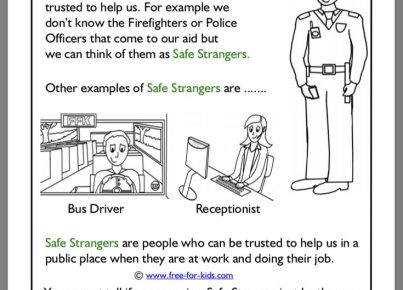Introduction
Classroom groups are an essential part of modern education. The collaborative nature of group work allows students to develop crucial problem-solving, communication, and social skills that are necessary for their future success. However, making these groups work effectively can be challenging for both teachers and students. Here is a comprehensive guide on making classroom groups work.
1. Establish clear objectives and expectations
To ensure that everyone in the group works towards a common goal and understands their roles, it is important to establish clear objectives and expectations. This includes outlining the purpose of the group work, the desired outcomes, and individual responsibilities. Teachers should also explain the criteria for evaluating the project and encourage students to ask questions to clarify any uncertainties.
2. Create diverse groups
Diversity is crucial in the formation of classroom groups as it allows students to learn from different perspectives and experiences. Teachers should consider different factors when forming groups, such as academic abilities, interests, cultural backgrounds, and learning styles. This well-rounded approach will not only improve collaboration but also create an inclusive environment in which every student feels valued.
3. Develop guidelines for effective communication
Effective communication is vital to achieving success in group projects. Encourage students to listen actively, practice empathy, and express their opinions while remaining respectful of others’ perspectives. It can be helpful to establish guidelines for effective communication at the beginning of the project and remind students periodically throughout the process.
4. Foster a positive group dynamic
A positive group dynamic is essential for collaboration and teamwork. Teachers should encourage team-building activities at the beginning of a project to help students get to know one another better while creating trust and friendships within the group. Moreover, promoting mutual support, feedback, and constructive criticism will enhance collaboration and overall productivity.
5. Encourage reflective practices
It’s important for students to reflect on their experiences during group work. Implementing reflection opportunities throughout the project encourages students to evaluate their progress, learn from mistakes, and identify areas for improvement. These reflective practices can be integrated into individual or group discussions, written assignments, or group presentations.
6. Provide timely feedback and support
Regular feedback from teachers is crucial to ensure that group work stays on track and objectives are being met. By actively monitoring groups’ progress and providing guidance when necessary, teachers can effectively address issues as they arise. It’s also vital to offer support for students who may be struggling with the demands of their role in the group or other aspects of the project.
7. Celebrate success
Once a group has completed a project, celebrating their success is an important step in instilling a sense of accomplishment and pride in their work. Recognizing individual contributions and group achievements not only boosts morale but also strengthens the relationships among team members.
Conclusion
Making classroom groups work effectively requires thoughtful planning and ongoing support from teachers. By establishing clear objectives, creating diverse groups, developing guidelines for effective communication, building a positive group dynamic, incorporating reflective practices, providing timely feedback and support, and celebrating success, both teachers and students can reap the benefits of collaborative education experiences.





